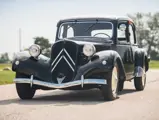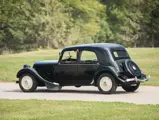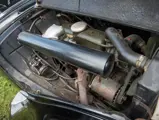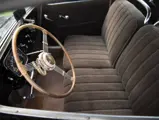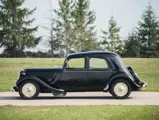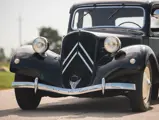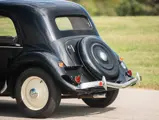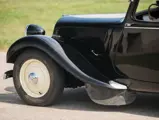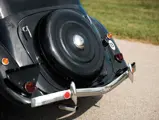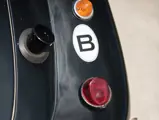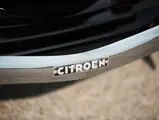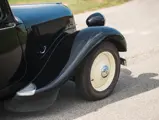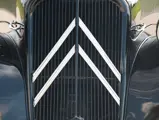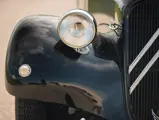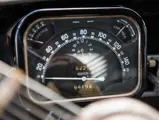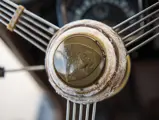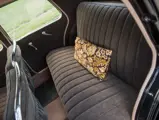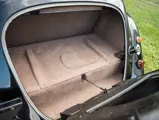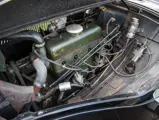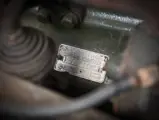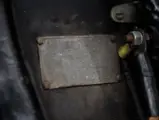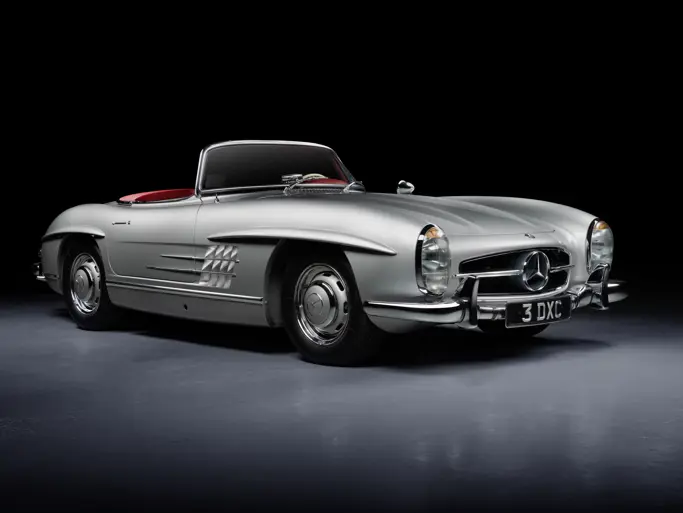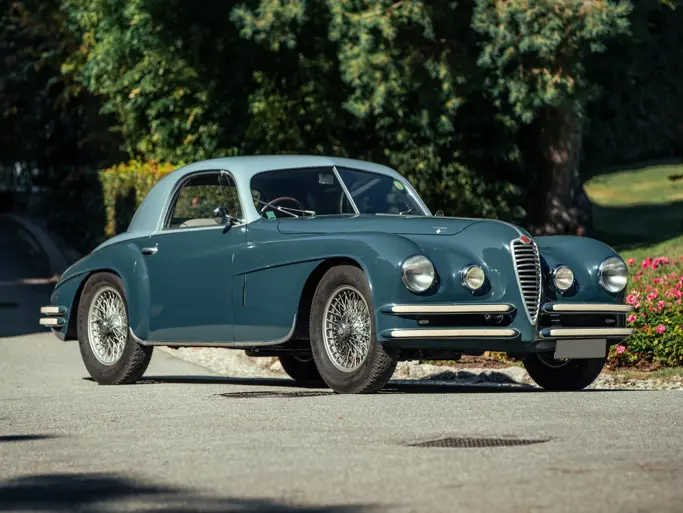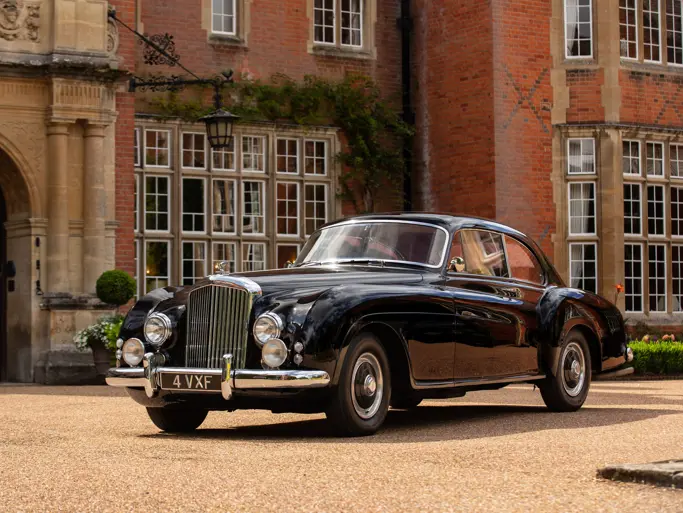Hershey 2016
1949 Citroën 11BL 'Légère' Sedan
{{lr.item.text}}
$23,100 USD | Sold
 | Hershey, Pennsylvania
| Hershey, Pennsylvania
{{internetCurrentBid}}
{{internetTimeLeft}}

- An important French automotive design
- Desirable short-wheelbase variant
- Highly original; retains its original engine
- One of the best-driving cars of its era
56 hp, 1,911 cc OHV inline four-cylinder engine, three-speed manual transmission, independent front suspension with wishbones and torsion bars, solid rear axle with torsion bar suspension, and four-wheel drum brakes. Wheelbase: 115 in.
The name Traction Avant translates literally from French to “front-drive,” indicative of the most important new feature of Citroën’s ground-breaking new 1934 model. Yet Andre Lefèbvre and Flaminio Bertoni’s design was fascinating in many other ways, as well. It was ahead of the American Cord by two years in its introduction of unit body construction, with the body and frame built as a single component, for exceptional rigidity. Independent suspension was at the front wheels, while the wheels themselves were moved to the far corners of the car, lowering its center of gravity, improving handling, and providing additional space for a comfortable interior.
Beginning what would become a tradition with Citroën’s new models, the Traction Avant was an incredible success at the time of its introduction, with everyone from journalists to the public to the concessionaires of other automakers fighting to get a look at the new car at the 1934 Paris Motor Show. The model would be produced in several variations and multiple interesting body styles over a 23-year period, and over 760,000 were made. Today, survivors are treasured by enthusiasts and remain among the most modern and interesting cars of their era to drive. They are, quite simply, a mechanical pleasure in every way.
The second iteration of the Traction Avant was the 11, featuring a somewhat larger and more powerful four-cylinder engine. It was built in two versions, the car offered here being an 11BL (for “légère,” or “light”), which retained the first generation’s more narrow track and shorter wheelbase.
This 11BL Légère looks to be highly authentic and benefits from an older repaint in its original black color. The grey cloth interior appears to be from an older restoration as well, and shows some wear commensurate for its age, including the original banjo-type steering wheel whose hub has dried and cracked with age. Likewise, much of the exterior trim remains intact, including the mirrors, dual wipers, ancillary lights, and turn signals, as well as the front and rear fender guards and rubber mud guards at the rear of the front fenders. The stainless trim pieces are in good condition and present nicely, as does the rest of the car. Furthermore, underhood appears to be correct, as is the engine, whose number matches the original data tag.
This desirable model remains in good cosmetic condition and would be a fine addition to any collection of significant French automobiles.

